Common name: little owl
Scientific name: Athene noctua
Family: Strigidae (owls)
Habitat: woodland, grassland, towns
Diet: small mammals, smaller birds, invertebrates
Predators: larger raptors
Origin: non-native
Small and stern, the little owl was first introduced to the UK in the 1800s. Look out for them in trees overlooking grassland from where they swoop to catch small prey with their sharp talons.
Common name: little owl
Scientific name: Athene noctua
Family: Strigidae (owls)
Habitat: woodland, grassland, towns
Diet: small mammals, smaller birds, invertebrates
Predators: larger raptors
Origin: non-native
The little owl has piercing yellow eyes and mottled brown and cream colouring across its head and body. The wings are rounded and move with rapid wingbeats.
The bird lives up to its name, standing at only 20cm in height, and has a short tail. It’s also the smallest owl in the UK.
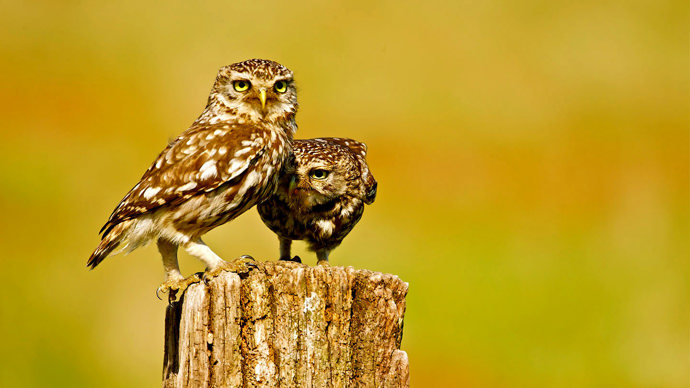
Credit: Tony Cox / WTML
It eats mostly small mammals and birds but will also feed on large invertebrates, such as beetles, crickets and worms. It hunts at dawn and dusk, observing the ground from its perch for movement. Once the little owl spots its prey, it swoops, grabbing its meal in its claws or beak.
The little owl bobs its head up and down when it is alarmed.
The little owl is monogamous, often staying with the same partner for life. It is ready to breed when it reaches one year of age. It nests in small holes in trees or sometimes, surprisingly, disused rabbit burrows. The young are raised between May and July from two to five eggs.
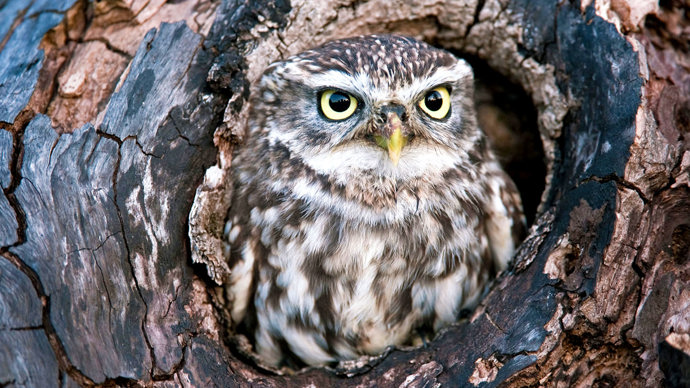
Credit: Survivalphotos / Alamy Stock Photo
The little owl makes its home in small copses, on parkland, around farms and in orchards and open woodland. It is found across England and parts of Wales but is absent from Scotland and Northern Ireland.
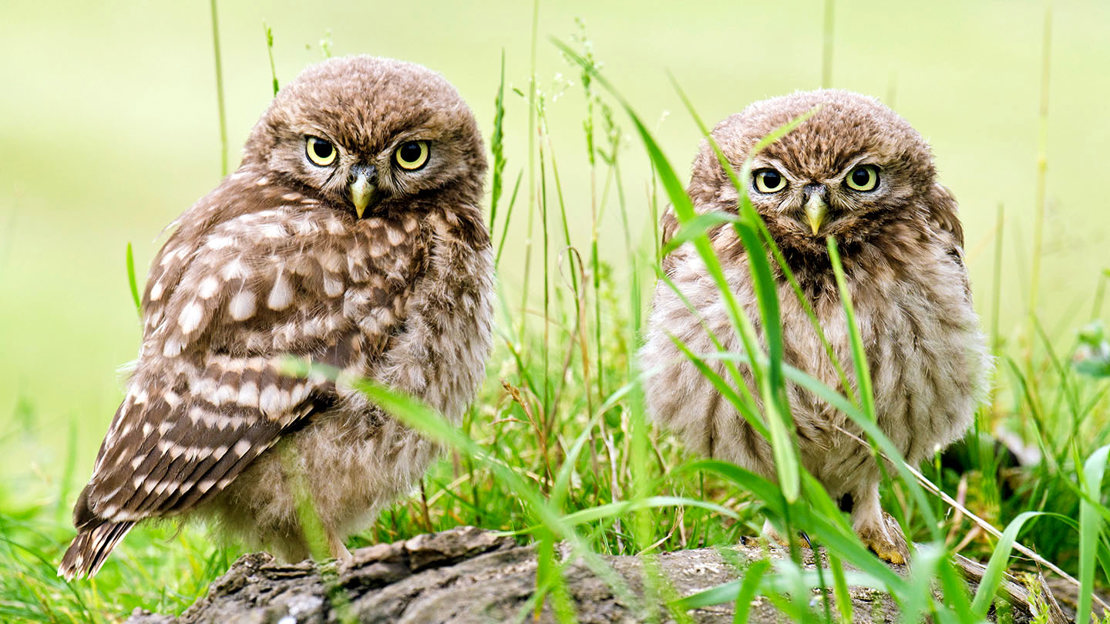
The whole UK population is thought to originate from introductions on large estates in Kent and Northampton.
Little owls can be active during the day. Look for them particularly in the early morning or at dusk, perched on poles or fence posts. Listen for their strange mewing call or the male’s ‘hoo-eet’ song on summer evenings.
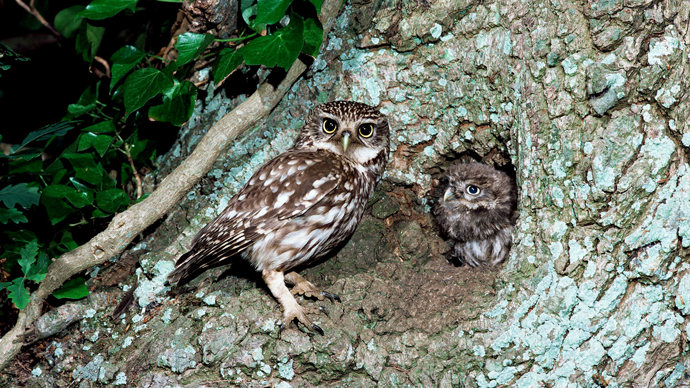
Credit: Colin Varndell / naturepl.com
The UK's little-owl population is in decline, having fallen by 18% since 1995. While it is unclear why the species is declining, some suggest it may be due to more intensive farming methods.
In Greek mythology, the little owl is connected to Athena as well as her Roman counterpart, Minerva.
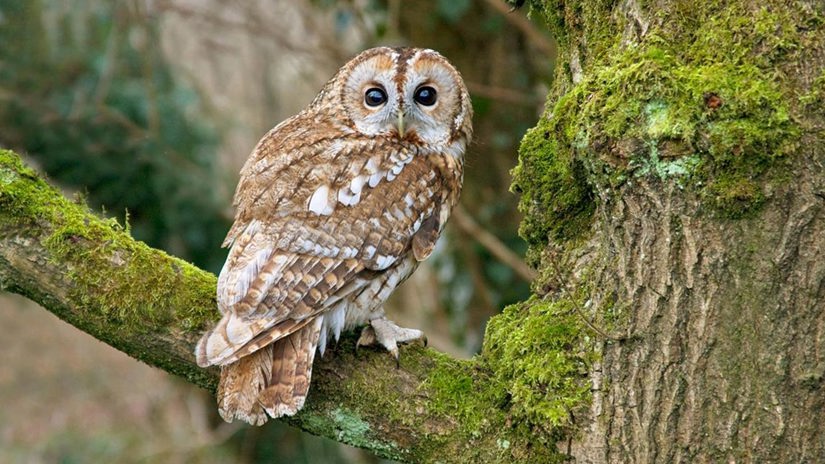
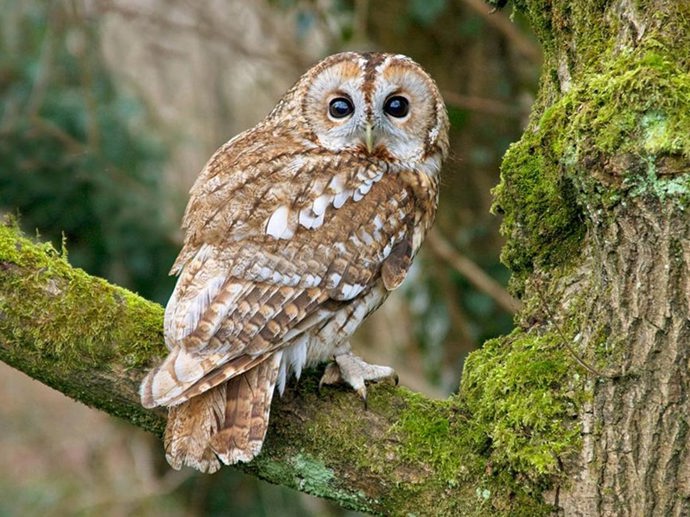
Charlotte Varela • 21 Dec 2023
Heard a screech in the night or a hoot in the woods? One of the UK's five resident owl species could be at large. Learn how to identify owl calls, from tawny owl to barn owl.